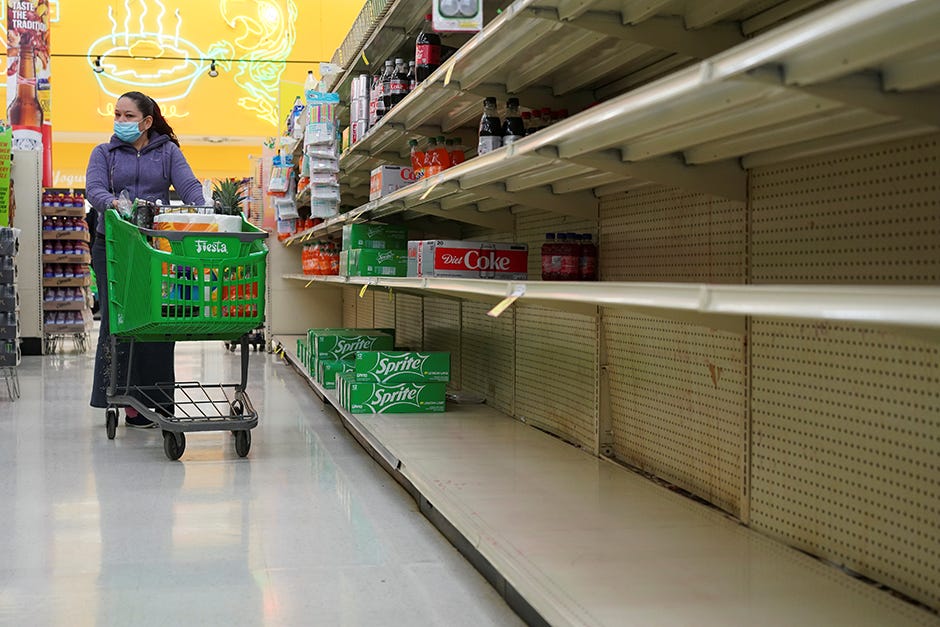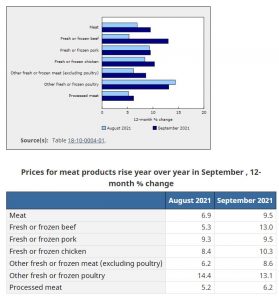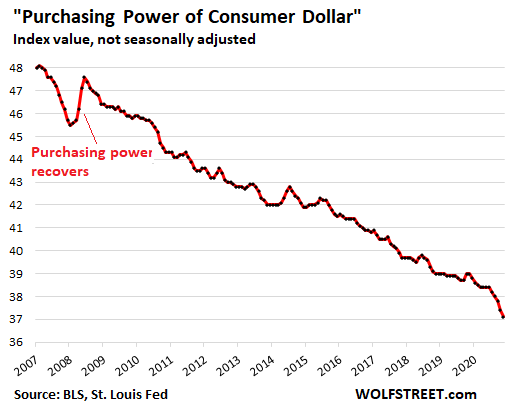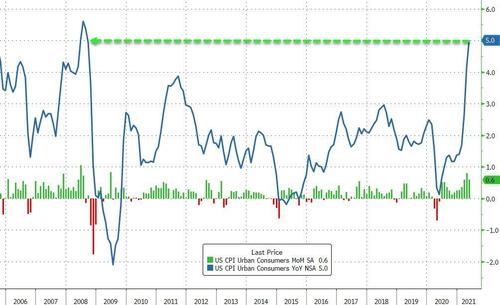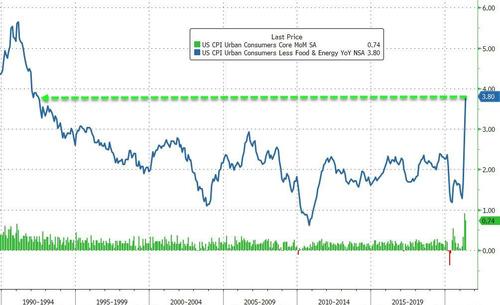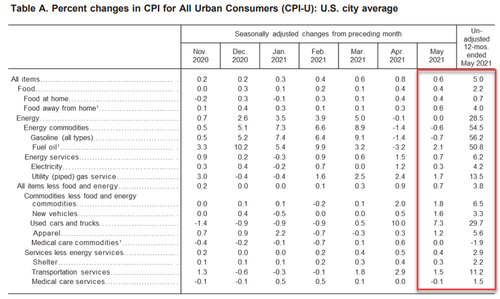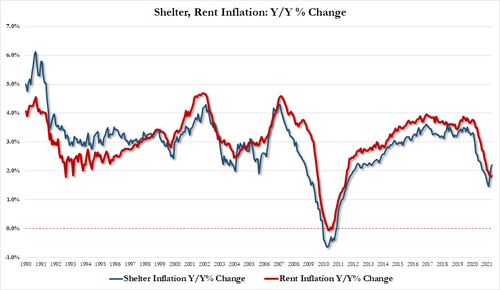Not that minimum wages are anything new. The USA introduced its Federal Minimum Wage as far back as 1938; although today each state sets its own rate. And the general consensus is that minimum wages help raise wages in general with little or no impact on employment as a whole. The broad theory being that by increasing wages at the bottom – where people’s propensity to spend is higher – we increase demand across the economy. As the economy grows, demand for labour increases and forces wages up still further. And so, demand rises and promotes further growth.Although introduced to the UK by a Labour government, the National Minimum Wage is closer to the Tory approach to economic policy. This is because it passes the costs onto someone other than the state immediately. In this case, Britain’s employers. Labour governments, in contrast, have generally sought the politically easier approach of passing costs onto future generations via public borrowing… which was often the better policy if a combination of inflation and growth served to lower the real cost of the debt even as the state’s ability to repay it became easier.
This was no doubt the outcome desired by Tony Blair and Gordon Brown when they were elected in 1997. After two decades of suppressed wages – first under James Callaghan, and then under Thatcher – and despite the deregulation of the City of London and the increasing revenues from North Sea oil and gas, it was hoped that a legal minimum wage would generate the growth needed to lift people out of poverty. In neoliberal terms, it would “make work pay.”
…click on the above link to read the rest of the article…


